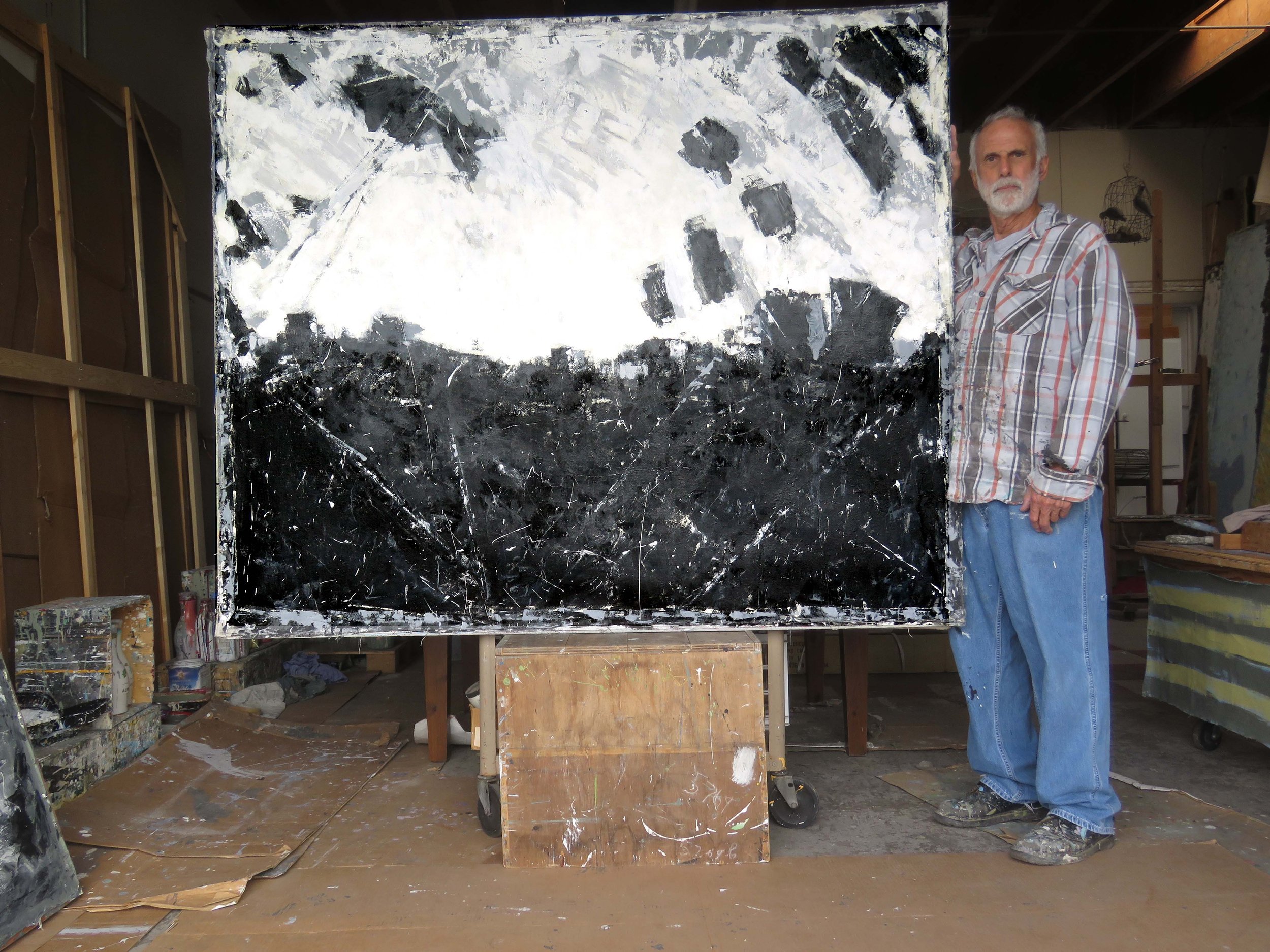Every artist knows the feeling of creative paralysis. It’s that sense that your ideas and expressions have frozen solid, immovable and heavy. Working in black and white stripped away distractions and forced me to confront the essence of what I wanted to express. The process of applying paint, then scraping and working the surface, mirrored my own journey of breaking through creative blockages.
Time Wealth in Artistic Practice
Fellow artists often speak of being "in the flow," but reaching that state requires what I've come to think of as "time wealth." This isn't about having endless hours in the studio but about bringing quality and presence to the time I do have. When painting "Glacier in the Mind," I practiced resisting the urge to rush through uncertain or difficult technical challenges.
The layering technique used here is building up then selectively removing parts. Artistic growth happens not when we fill every minute with activity, but when we allow space for reflection and unexpected discoveries.
The Uncommon Path of Unhurried Creation
Creating this way runs counter to our culture's obsession with productivity. As artists, we have the unique opportunity to model a different relationship with time. For example, my plein air practice has become less about capturing as many landscapes as possible and more about experiencing each location deeply.
This painting represents my commitment to creating from a place of enjoying the process rather than the actual painting itself. The contrast between light and dark areas speaks to the tension we all face between doing and being.
Finding Your Artistic Time Wealth
The most valuable lesson from creating this piece was recognizing that technical skill alone isn't enough. The most compelling art emerges when we create from a place of authentic engagement with the work. It is when we're willing to slow down and listen to what wants to show up on the canvas. It is not when I'm racing to complete a piece, but when I allow myself to experience the fun of each moment with my materials and subject. This unhurried approach to creation doesn't just produce better art. It cultivates a more meaningful relationship with the creative process itself.


